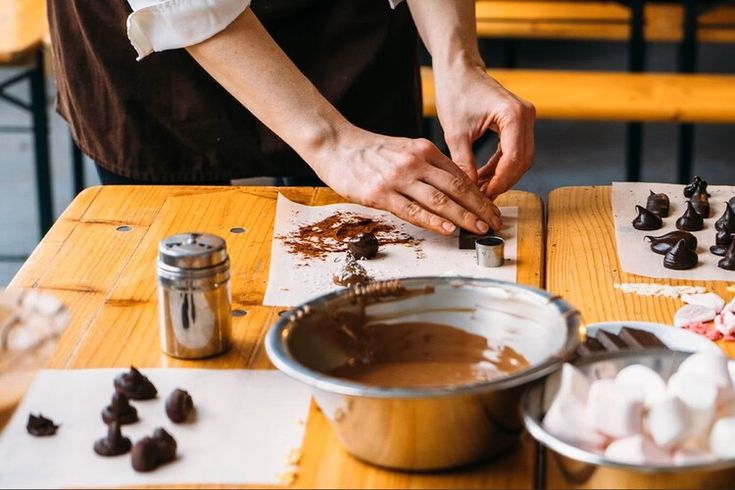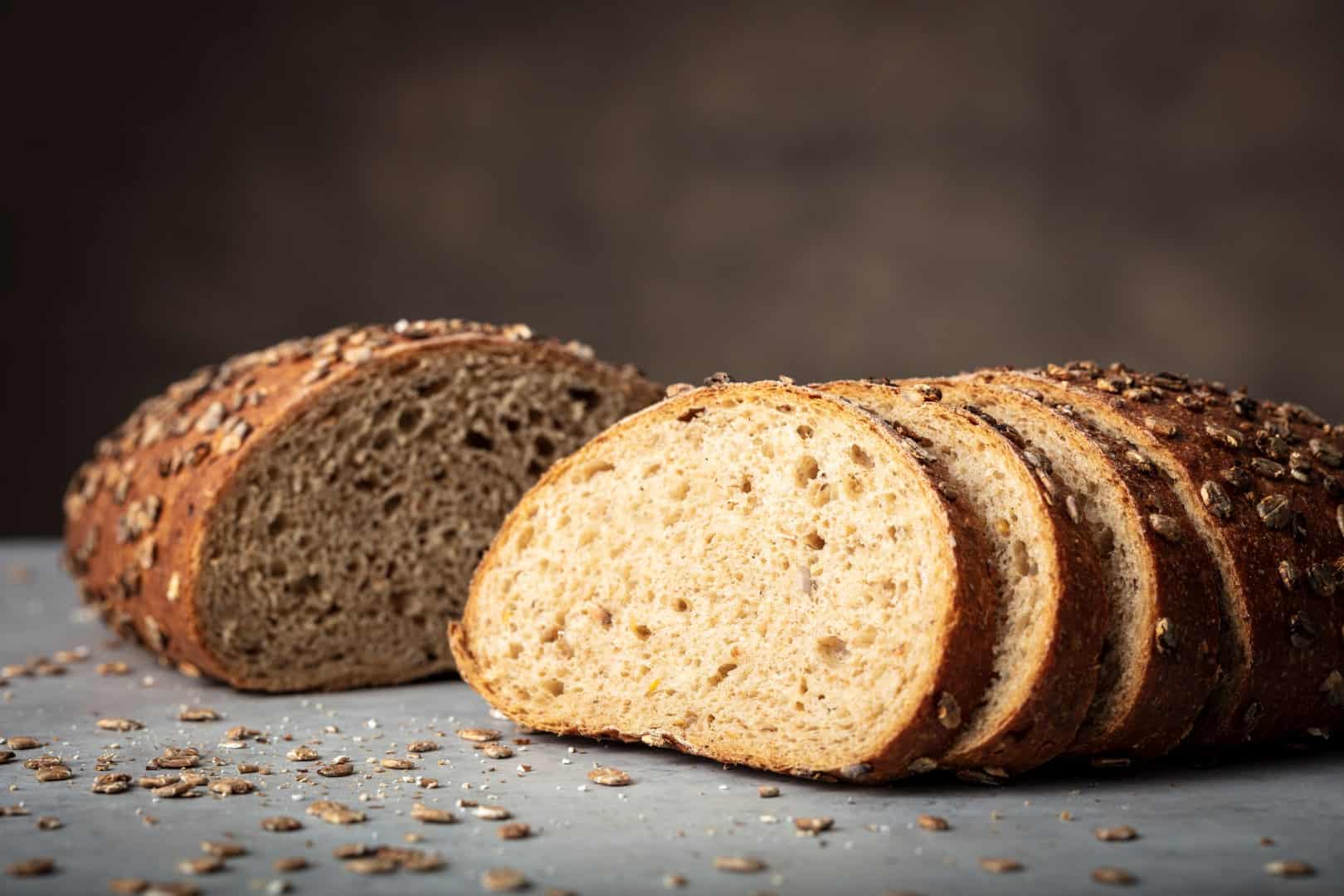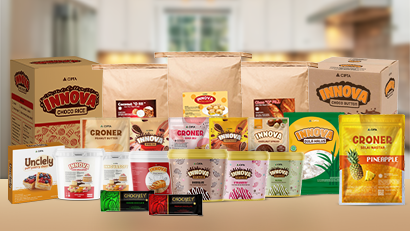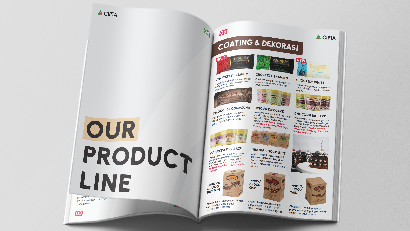Burnt Cheesecake, a Creamy, Rustic, and a Global Dessert Trend
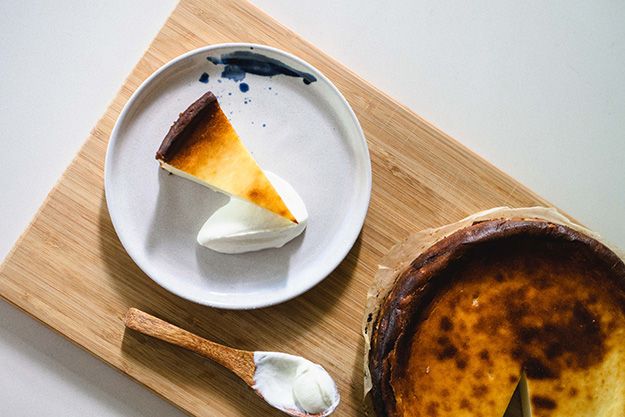
In recent years, the culinary world has been abuzz with the emergence of Burnt Cheesecake, also known as Basque Burnt Cheesecake. Originating in Basque Country, Spain, this dessert stands out for its rustic appearance—a cracked top and caramelized crust—but captivates with its rich, creamy flavor.
The Origins of Burnt Cheesecake
Burnt Cheesecake was first introduced at La Viña cafe in San Sebastián. Unlike traditional cheesecakes, which are slow-baked to maintain a smooth surface, this cake is baked at a high temperature, intentionally creating a "burnt" crust. The result? A creamy, custard-like interior encased in a beautiful caramelized crust.
Why Do People Love It?
- Unique texture: Soft on the inside, slightly firm on the outside.
- Balanced flavor: sweet, tangy, and a hint of bitterness from the burnt top.
- Easy to make: no crust, no elaborate decorations, just pure flavor.
The allure of "imperfection" makes it a perfect fit for today's culinary trends, where authenticity and flavor are more important than appearance.
Burnt Cheesecake in the Modern Dessert World
In the age of Instagram and TikTok, food aesthetics are as important as taste. With its striking contrast between the dark brown top and creamy center, Burnt Cheesecake has become a viral sensation. Bakeries and home bakers around the world are now creating their own versions, from the classic to flavor variations like matcha, chocolate, or even local twists like coffee and tropical fruits.
Mini Burnt Cheesecakes are also gaining popularity, offering indulgence in personal-sized treats—perfect for cafe menus and grab-and-go options.
Business Opportunity
For the food industry, Burnt Cheesecake is more than just a trend:
- Premium appeal made from simple ingredients.
- Flexible flavors that adapt to local tastes.
- A high-value product loved by global dessert lovers.
As a dessert that combines rustic charm with indulgent flavors, Burnt Cheesecake has the potential to remain a perennial favorite in bakeries, cafes, and restaurants around the world.
